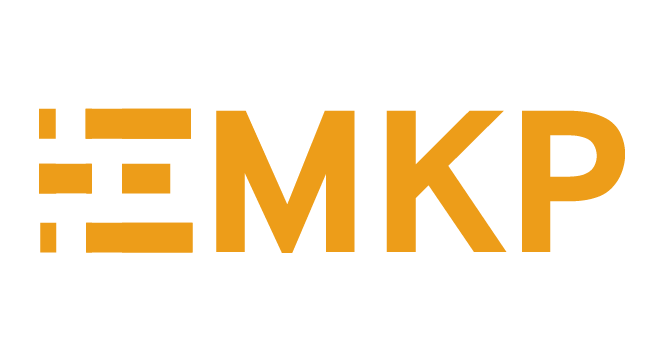Last week the EMKP team and 10 EMKP researchers attended a workshop hosted by the Digital Skills Network in Arts and Humanities at the University of Brighton, funded by an AHRC grant for Digital Skills in Visual and Material Culture. The workshop was led by Dr. Karina Rodriguez Echavarria, Dr Myrsini Samroudi, Nicola Schiavottiello (University of Brighton) and Dr Erato Kartaki (University of Exeter). Titled ‘Advanced 3D Digital Documentation of Material Culture’, this three-day workshop equipped us with the tools and skills to create 3D models using Photogrammetry, as well as to capture 360° photographs. Both methods are incredibly useful to researchers who want to document, preserve, and make accessible Cultural Heritage objects and environments. For EMKP teams, this is a particularly useful method, to document endangered material practices and knowledge systems but also environments and spaces.
The first day began with a wonderful talk by Dr Myrsini Samaroudi, who walked us through the 2D and 3D digitisation methods that are useful for documenting material culture. We then were taught by Dr Erato Kartaki, who explained how to set up a 3D digitisation space, using a digital camera with the right resolution and lens, lighting, and a black backdrop.
It was both thoughtful and useful that the Culture Digital Skills team exhibited three 3D photography set-ups. The first was a make-shift set-up using a black sheet clipped to the wall, with portable lights, and a tripod, see image above. The second was a professional set-up, utilising lights, a black backdrop and stand, an automatic turntable, a remote control, and a tripod. For this set-up, the photographer will be able to take photos with the turntable and remote control and won’t need to move the object in small motions to capture each angle, in comparison to the first set-up. The final set-up was open-plan, simply using a camera without a tripod, natural lighting, and a printed marker image to help the software detect the images. As Erato explained, natural lighting works best if there are no shadows that can affect the image. As researchers in the field, it can be quite difficult to carry a tripod, professional lights, or a black backdrop background screen, so it was useful to explore achievable 3D imaging setups.
For the remainder of the day, we went live with the cameras! EMKP grantees were able to test out all three set-ups, deciding on which one would be best for fieldwork. They brought artefacts from the field and explored innovative ways to capture the best images. Below, we have EMKP grantees Christine Habib, and Palak Babel, and Dr Myrsini Samroudi centred around a palm-woven artefact from Christine Habib’s project on Coptic palm-weaving in Cairo, Egypt. The trio used blue tac to secure the artefact, and a black chair as the backdrop for the photographs. As we know, such innovation is crucial in fieldwork settings! The images were then uploaded onto a software called ‘3DF ZEPHYR’, and our researchers were aided by the team to explore the software and form their 3D models. Christine Habib successfully formed a 3D images of her artefact, and later created a digital exhibition, which can be viewed here.
The following day was centred around the capturing of 360° photographs, a useful method to document heritage landscapes, spaces, monuments, and large-scale artefacts. Our grantee, Palak Babel has been working on the documentation of hand-made wells in the Thar Desert of India, so this day was particularly useful for her project. We began with an invigorating introduction to 360° digitisation, which is the capturing of a spherical panorama photo. The team demonstrated how to use an ‘Insta360 Pro’ camera, which revolves and captures 360° photographs independently. We were also shown how to capture such images using a DSLR, compact, and phone camera, accompanied by a rotating mechanism, such as the Insta360 Flow for mobile phones. Once we captured our images, it was time to upload them onto the software, ‘Insta360 Pro 2 Control App and Stitcher’, which merged the photographs together. Panoramic photography is essential to the formation of virtual and immersive reality, which is a useful technique for documenting and exhibiting an area, landscape, or space. It allows the viewer to immerse themselves into the space.
The final day focused on dissemination because, as Dr Karina Echavarria highlighted, we as researchers must think about the potential impact that our work can make. What can we share, how can we share it, and why we must share it. We were fortunate to meet Edward Silverton, the creator of Exhibit, a software that is useful for creating digital exhibitions. The role of storytelling is an important facet of 3D image dissemination, because it gives voice to the artefacts, and allows the researcher to point out specific points of the image, with an interesting story, that may otherwise go unnoticed. It is also a wonderful space for the researcher to bring their experiences in the field to life, by voicing ethnographic excerpts in collaboration with the communities they work with.
All in all, this was a fantastic workshop organised by the Culture Digital Skills team in Brighton, and we were honoured to have been part of this experience. The Digital Skills Network in Arts and Humanities is founded upon the goal of sharing these essential digital skills with Arts and Humanities researchers. To ensure this, they have made the lessons and tools that were used during the workshop available on their open-access website.
